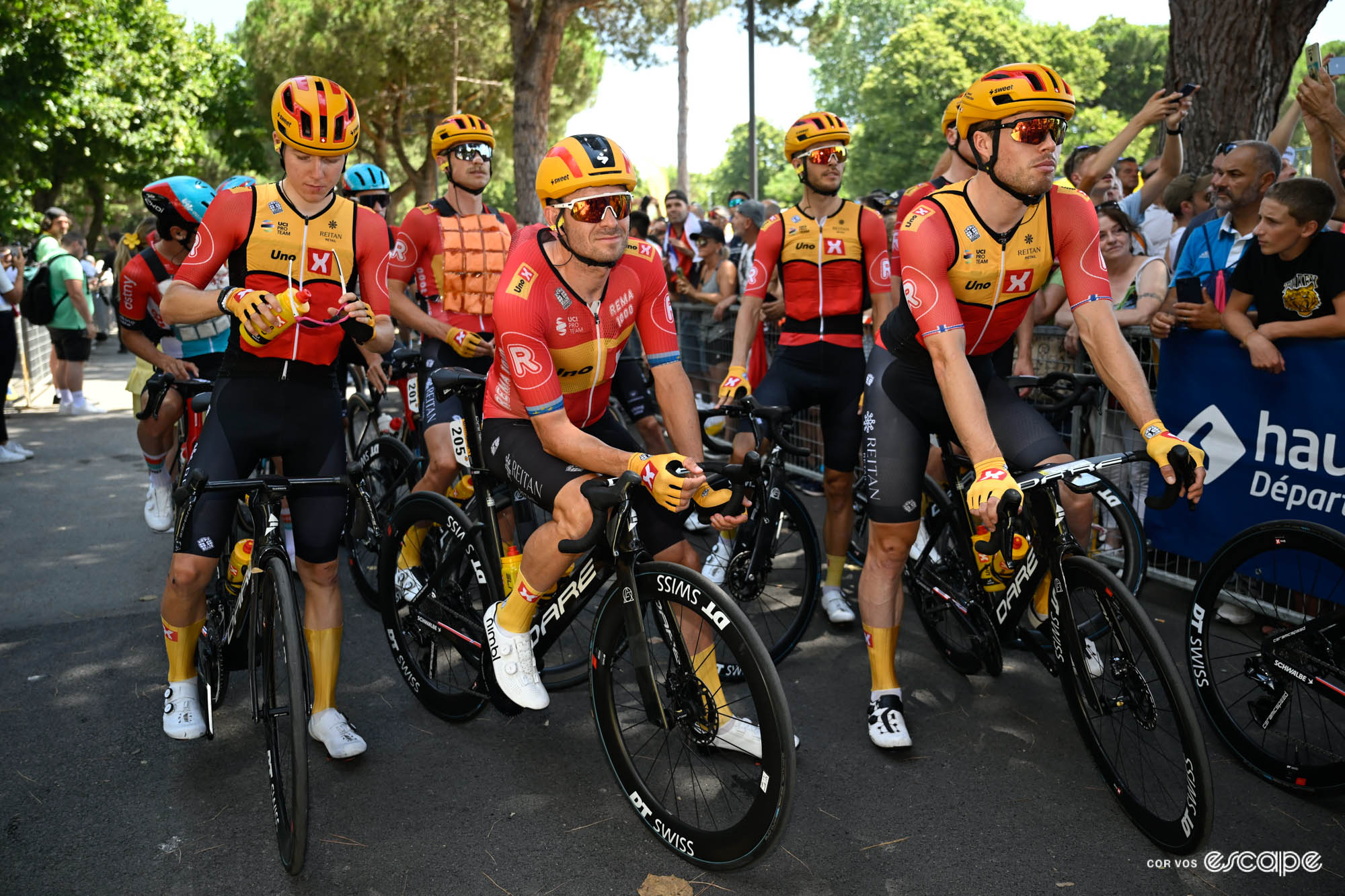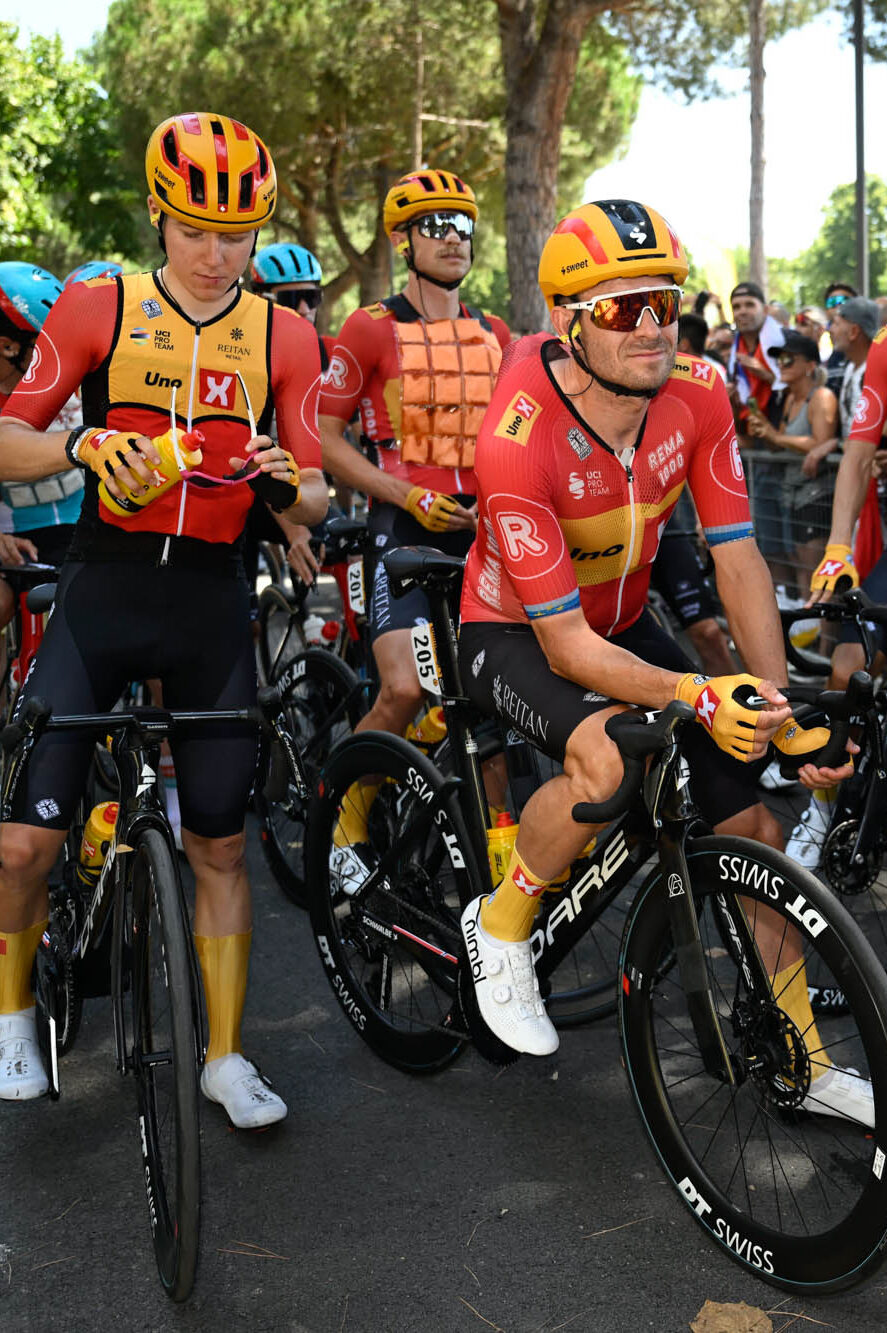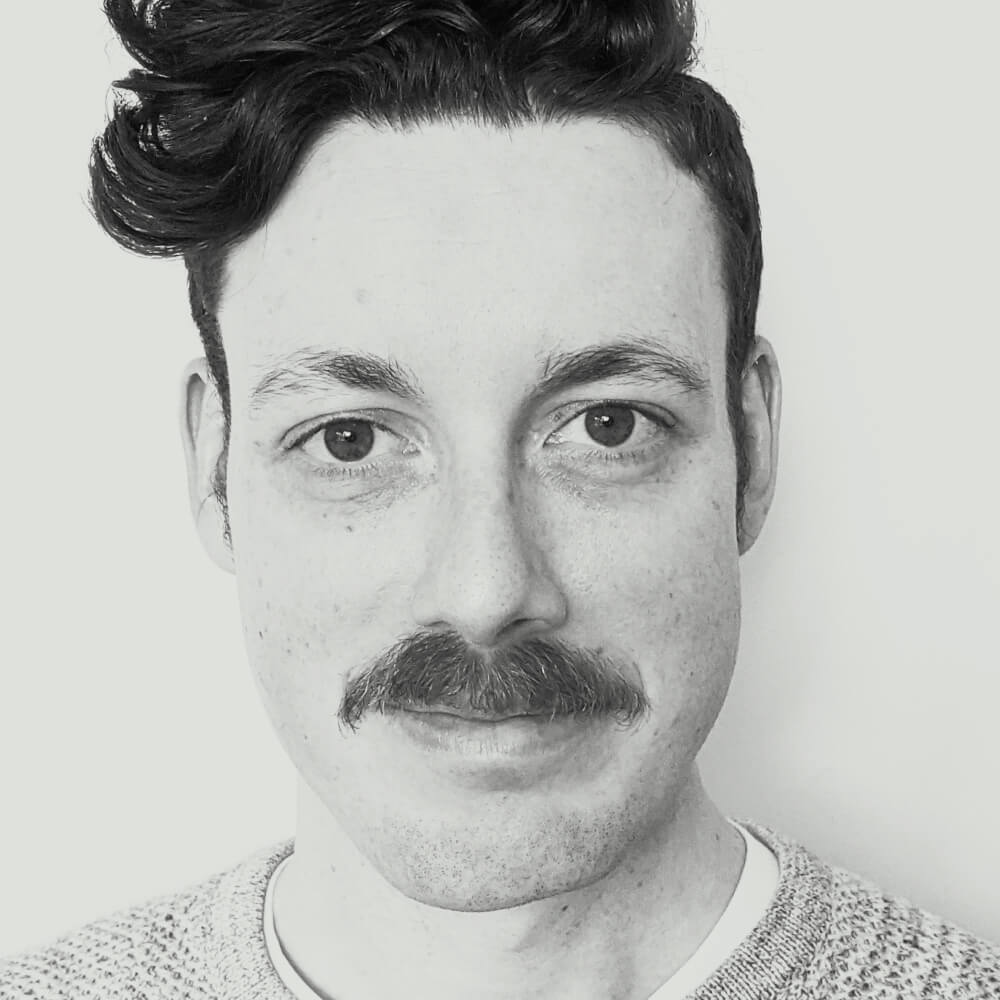You can learn a bit about a place by how they approach the Tour de France. In Australia, cycling fandom is an expression of dedication to the late-night grind, with the colour and drama of the Tour doing its bit to convert the casuals. In France – at least from within the Tour bubble – it feels more akin to a national obsession, with the hopes and dreams of the country plastered across l’Equipe and the faces of countless thousands of roadside fans. And in Norway? Well, let’s see.
In the lead-up to this year’s Tour, my family and I upped sticks from Melbourne to Stavanger, on Norway’s dramatic southwestern coast, for a couple of months. For the kids and my wife, it’s an opportunity to see grandparents and parents who are, most of the time, about as geographically distant as it’s possible to be before you start looping the globe and heading home again.
It’s also a handy escape from the ravages of winter, puts me in the right timezone for the busiest stretch of the year, and offers a much less-harrowing journey to the world’s biggest bike race (although maybe I’m speaking a bit too soon, seeing as I’ve got a two-flight, three-train jaunt to the Home of Mustard on Thursday). There’s another unexpected side benefit: grappling with a country’s cycling culture in the lead-up to its annual peak. Think of it as a sociological experiment.
It’s there on the TV, in the newspapers, on social media, and in conversation. Norway – a nation I will fondly describe as “a bit prone to patriotism” – has had enthusiastic home support for its riders stretching back decades, but the debut of the majority-Norwegian Uno-X Mobility squad on the scene at the Tour last year represented a watershed moment. Where Norway previously cheered for the likes of individual riders like Thor Hushovd, Edvald Boasson Hagen and Alexander Kristoff, they now had a whole team to throw their novelty viking hats behind. The numbers follow: a reporter at TV2, Norway’s Tour de France broadcaster, told me last year that viewership was up 40% as a result.
This year, interest in the team – rather than its most famous riders – has continued to grow, with more of the roster becoming known entities. Scroll through the news sites and you’ll see it. There are articles on the debut of Johannes Kulset – the baby of Uno-X at 20 years old, beating his three older brothers/teammates to the punch – and completing the family package is his dad, Vegar, the CEO of Uno-X, who is proudly tweeting through it all. There are articles on the omission of the team’s touted GC hope, Andreas Leknessund, from its Tour lineup. And of course, there is always, always Alexander Kristoff – front and centre on the Tour de France landing page of TV2, flanked by Vingegaard and Pogačar.
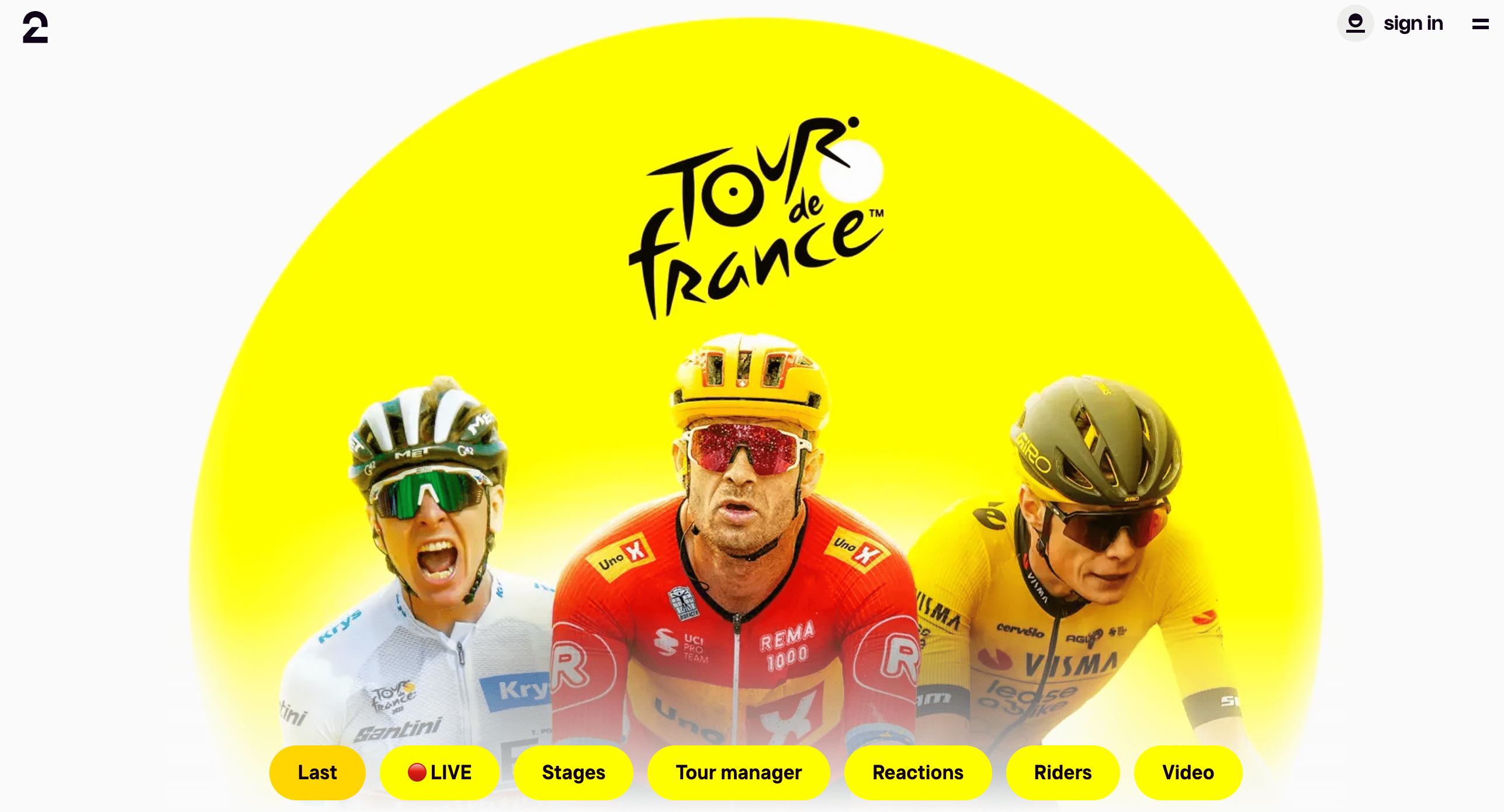
In this particular pocket of Norway, it’s hard to miss Kristoff’s shadow (even if I’m kinda looking for it). He’s a rider I feel a strange affinity for; he’s good for an interview about something ridiculous from the past, and in his stoic Norwegian ways reminds me quite a bit of my father-in-law. We’re a few months apart in age, but that’s more or less where the similarities stop; he’s an accomplished pro cyclist while I have never been close, and am fading further with each passing day.
He’s the local guy too, just over the hill. I ride past his house a couple of times – it’s on the way to a forest I like exploring, and is distinctive enough with the Lamborghini and the Hummer that there’s little mistaking it. That, plus the fact that I’ve seen it in videos before – the one where he’s preparing sashimi; the one where he explains that the bedroom “is where the magic happens” as his wife rolls her eyes in the background. I like that about Norway: that it’s a quiet and calm enough place that even the country’s most famous cyclist feels comfortable letting the media in.
I’ve never really gotten along with the city for cycling, but I’ve taken steps to give myself a better run at it this time. I packed a full new (/old, taken from another bike) groupset over to modernise my old CAAD5 that lives here; while fighting jetlag I tweak the gears, install a new sub-compact crankset from AliExpress so that I can actually make it up the pinchy hills without hating myself too much.
By the time I’m done this 20-year-old bike rides approximately three times as nicely as it did before, and I’m reminded that part of the pleasure of bikes is in the process of their build. I probably should’ve been thinking about other things for the weeks leading up to our trip, but the mental gymnastics I expended packing the right selection of tools and parts for a bike that I haven’t seen for two years and barely remember seems to have been worth it. A bike with good bones in 2005 is still a pretty good bike now.
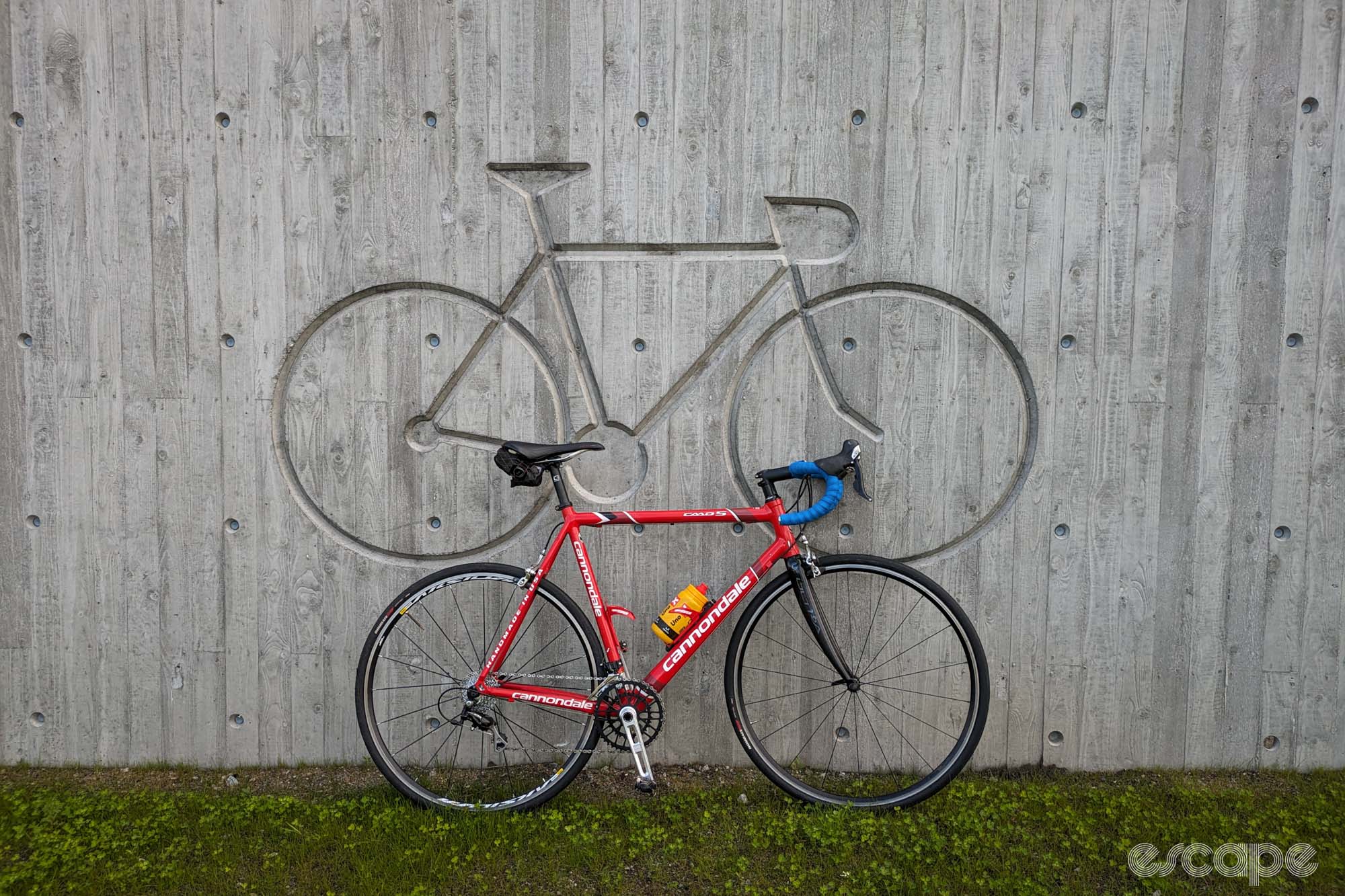
Most of my local rides in this pre-Tour period bring me along Kristoff and his Stavanger colleagues’ training routes, and it gives me some insight into what it is to live and ride in the region. There’s the coastal route, around the fjord and past the airport where the wheels of incoming flights practically graze your helmet as you ride by. There’s the northern route, out to the tip of that bit of mainland, where the Nazis built bunkers and monitored maritime traffic into the harbour. I clip-clop around one, buffeted by salty wind. It’s in the middle of a farmer’s field and there’s cow shit on the floor, and I imagine a confused Holstein getting stuck in there, role-playing as part of the resistance.
But there are two routes that particularly help me feel closer to understanding Kristoff. One tracks around the back of the disused radio tower at Ullandhaug, site of an iron-age farm dotted with sheep. There’s a road locally known as Grisabakken (‘pig hill’) that is, bluntly, a complete arsehole of a climb. It’s short but exceeds 20% at points, and is the centrepiece of the final stage of the Tour of Norway, held each May; Kristoff has won the last three years in a row. His name is painted all over the road in thick, clumsy, wide white stripes of a roller.
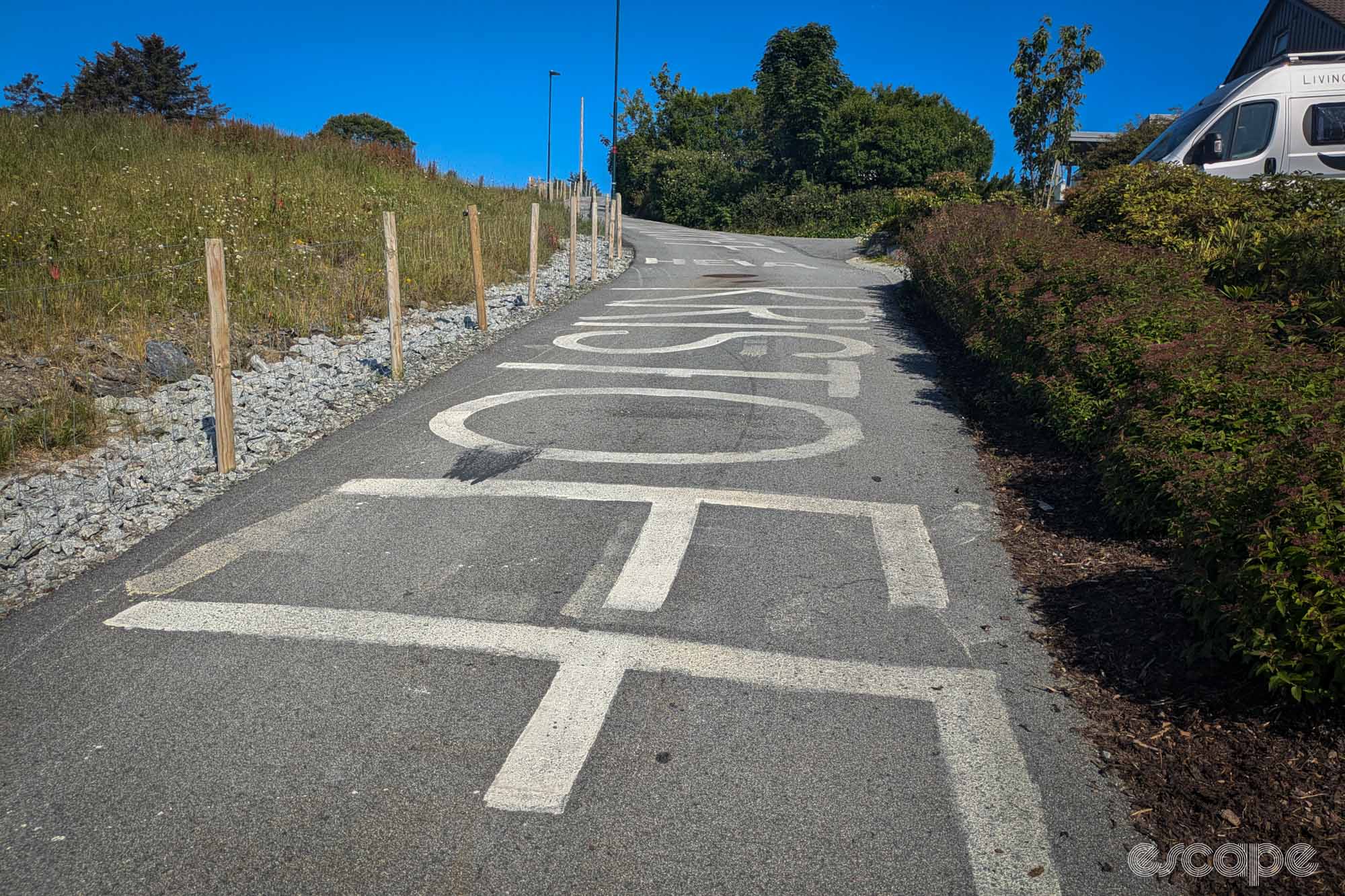
I grind up it once, promise never to do it again, and a day later misjudge my route selection and have no other option. I’m almost grateful when I drop my chain and have to walk the rest of the way up. At the top there’s a small electrical substation, and you can look back down the hill and over the fjord and out towards a wall of mountains, cascading in layers to the horizon.
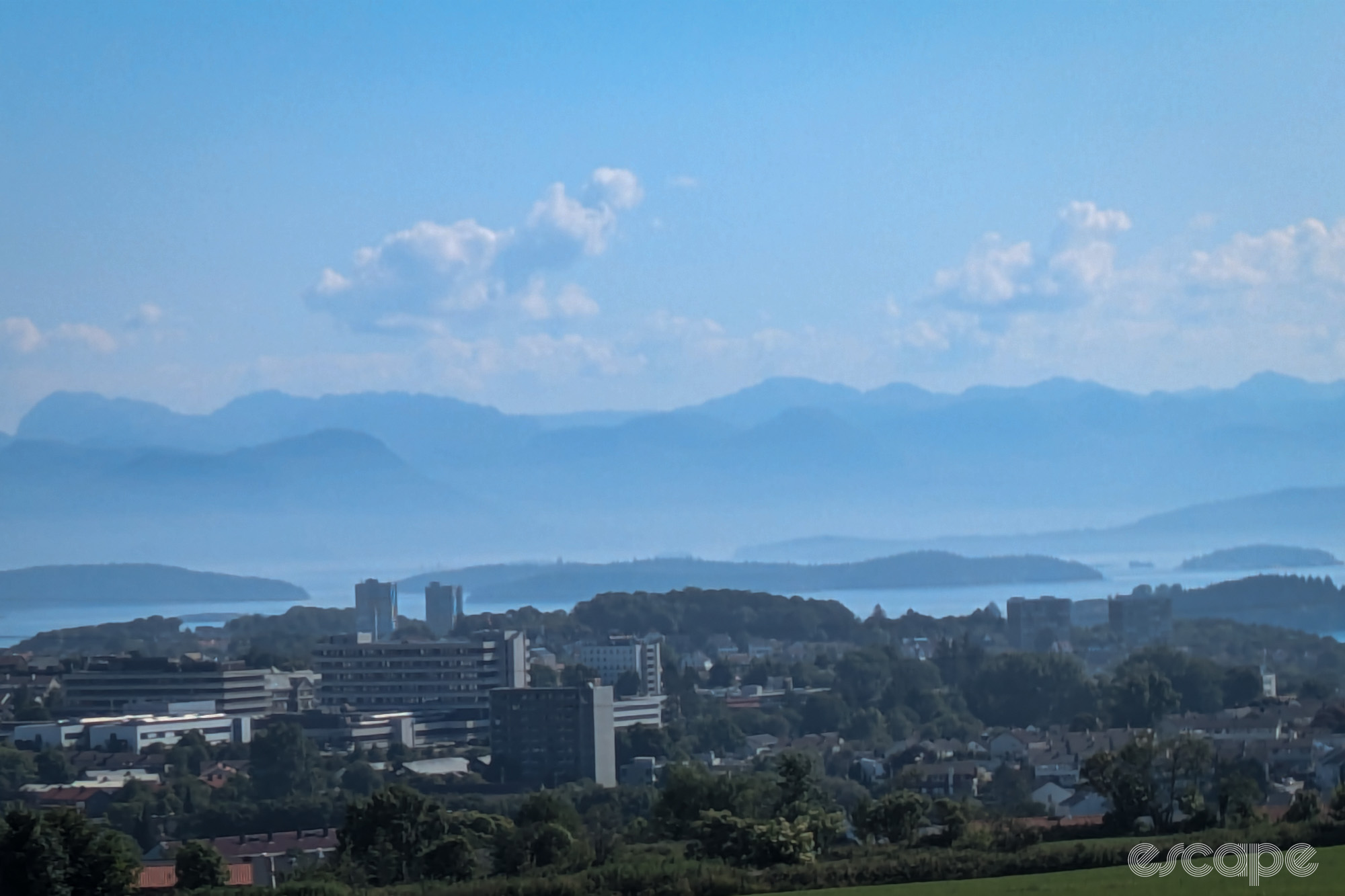
Another key training route follows the coast down to the neighbouring city of Sandnes (“we call it Sadness,” Kristoff once joked to me; he’s not wrong) and up the other side of the coast. There’s a dead-end road ending at an old asylum that is less eerie than it used to be now that it’s being redeveloped as a creative hub. There’s also a road that rears up Fjogstadveien to the start of the Dalsnuten hike.
It’s about 10% for about a kilometre and a half; traffic is near-non existent apart from a garbage truck that passes me for the second time that morning, leaving a humid waft in its trail. Another dead-end, but it makes you work for it. Kristoff used to have the KOM; now he’s about fifth, which feels about right given the rise of his younger compatriots in the years since his absolute peak, when he won Monuments and podiumed at World Championships.
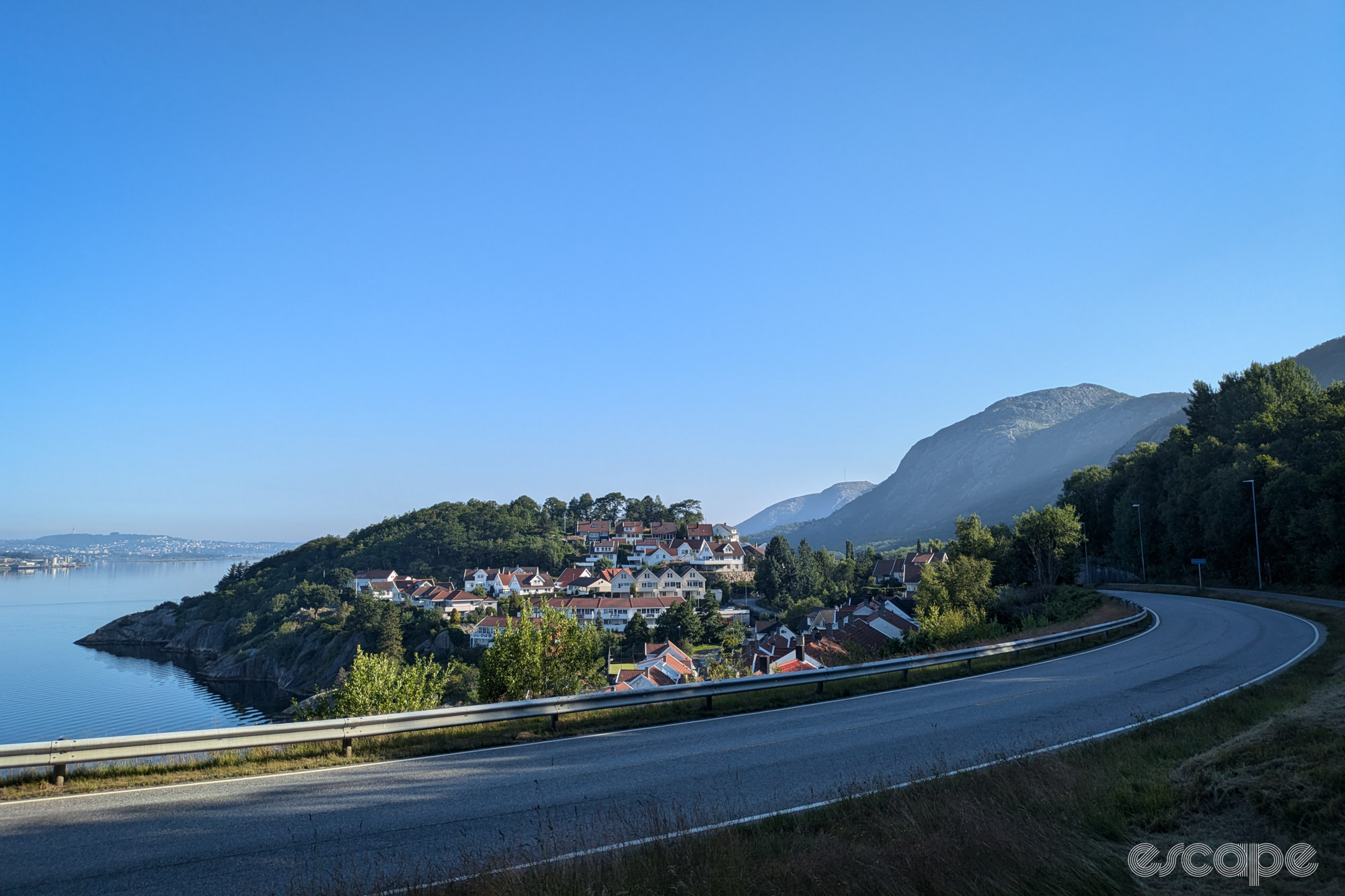
The Tour begins as I sit on a sofa in Stavanger. It’s hot; Norway isn’t, but Uno-X are all over the race. Stage 1 goes well. Stage 2 goes better. The gaze of Norway is less on Kristoff and more on his team, especially Jonas Abrahamsen, who’s spent both days in the break, finished second on stage 2, and has a combativity award, a green jersey, and polka dots to boot – the first time a Norwegian’s ever worn them.
Abrahamsen is from the other side of the country, not too far from Oslo, and was a late bloomer – as part of his journey into the pro ranks he put on 20 kilograms, gave up on GC ambitions, and now is talked about with awe by his local media. He’s the best cyclist in Norway, says Dag-Otto Lauritzen, the television personality and first Norwegian to win a stage of the Tour. Let him free!, exclaims another pundit. He’s the world’s greatest lover, offers his girlfriend. This is the kind of scoop that we all crave from the roadsides of France.
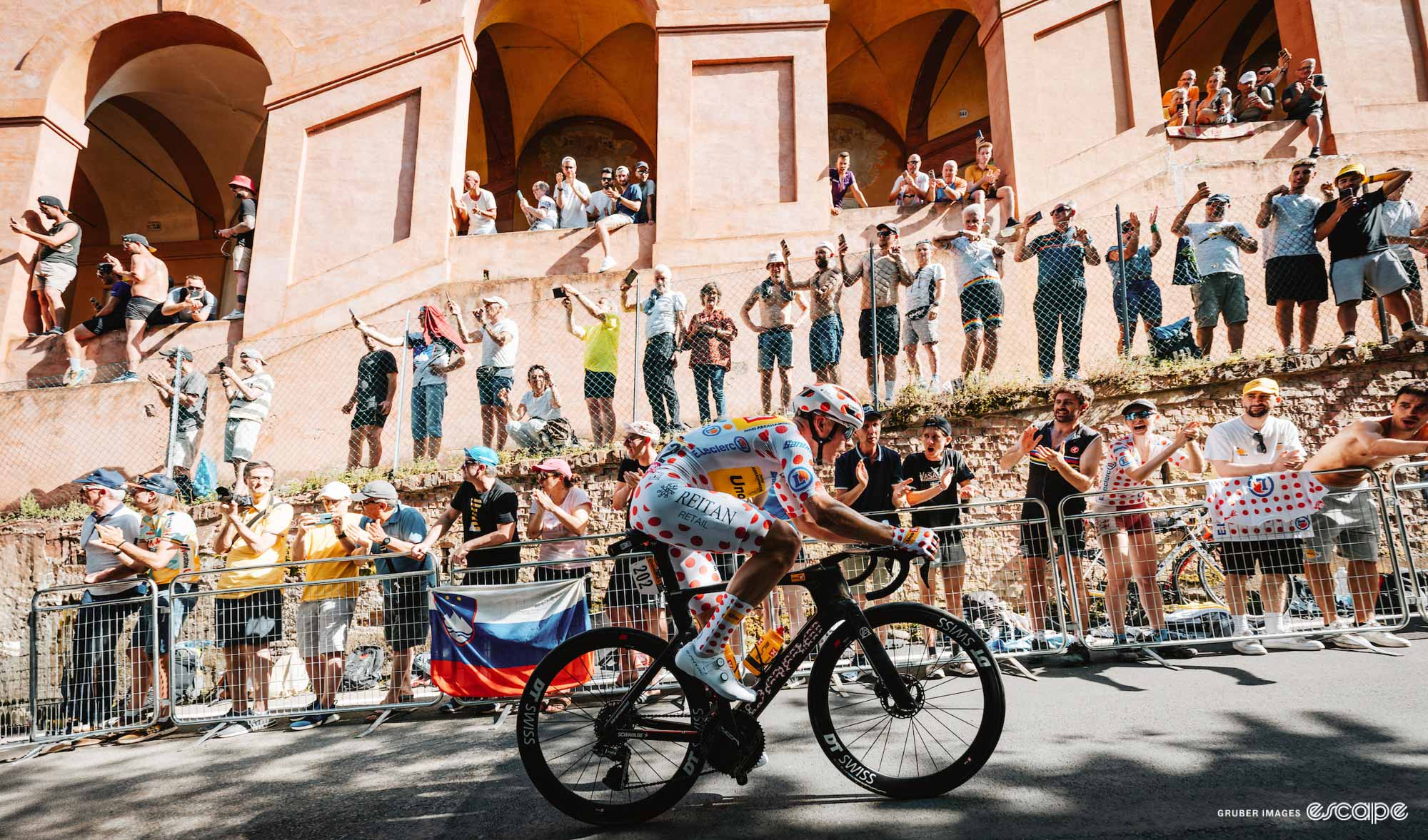
Today the balance swung back toward the sprints, for years the most renowned terrain of the Norwegian hardman – the stomping ground of Kristoff, and before him Uno-X team manager Thor Hushovd. The pendulum will swing again. The stage didn’t go the team’s way; with a crash disrupting some of the pack including up-and-coming Søren Wærenskjold, they’ll have to fight another day. There are three weeks to go, countless stories to write and film, and Norway’s media will keep following the exploits of its home team – ever expectant of another moment of glory for this proud sporting nation, far to the north of France but with its July gaze always on it.
Did we do a good job with this story?
